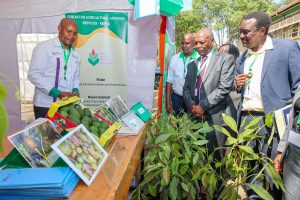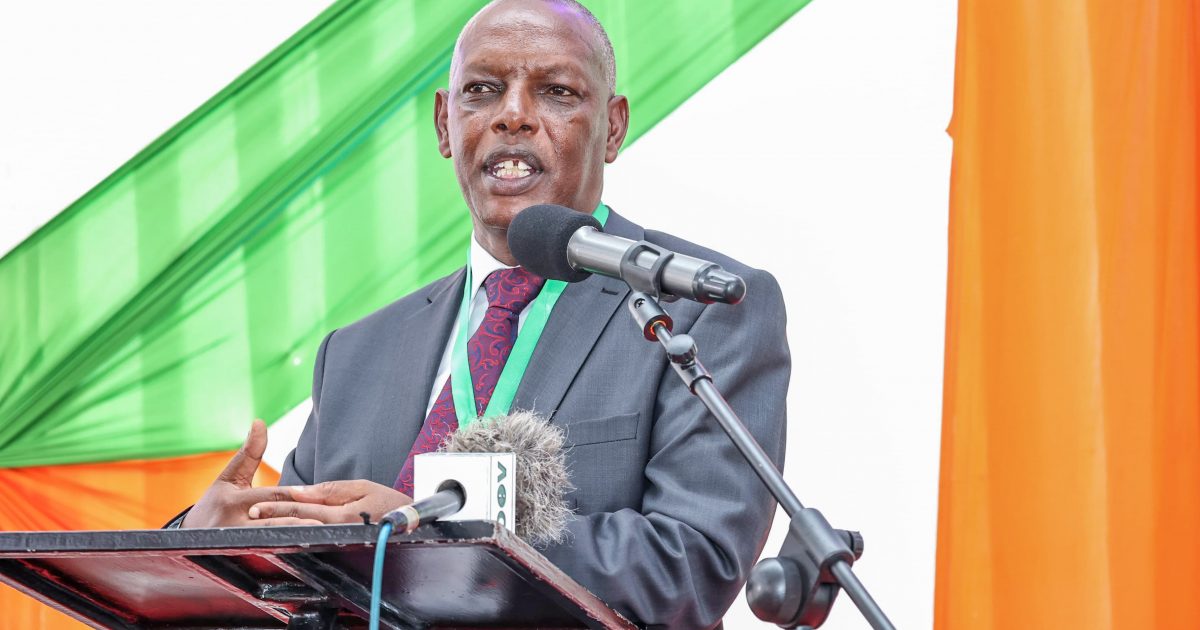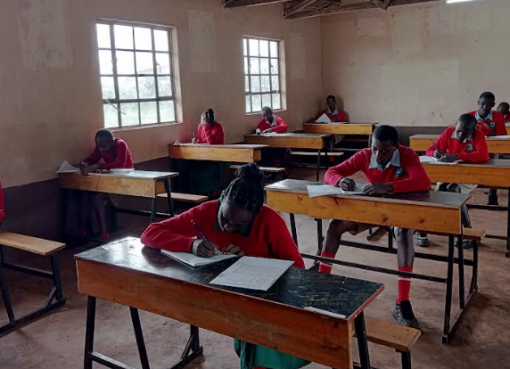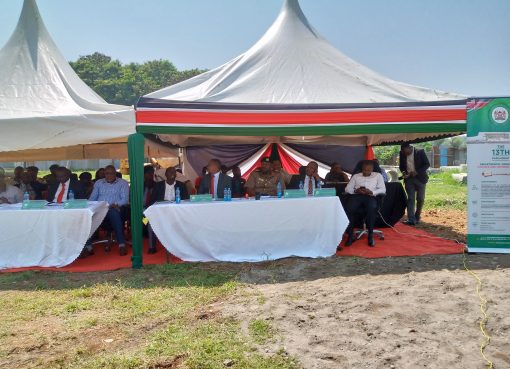The Ministry of Agriculture, in liaison with the county governments, has started off an agripreneur model where the youth, using digital technology, have been on boarded to provide extension services to farmers at the Ward level.
Ministry of Agriculture and Livestock Development Cabinet Secretary (CS) Dr Andrew Karanja said that the government is continually relying on technology and digitisation to bridge the gaps in delivery of services to the farmers.

Dr. Karanja said that for Kenya to increase agricultural production and reduce the food importation bill of Sh500 billion annually, it is necessary for all extension service providers to come together and devise ways to reach out to the agricultural producers with the latest production technologies, especially through digital platforms.
“Under the Kenya Integrated Agricultural Management Information System (KIAMIS), we are planning to launch an extension module to leverage digital platforms in enhancing access to extension services,” explained the CS.
Speaking on Thursday during the Forum for Agricultural Advisory Services—Kenya (KeFAAS) 2nd National Agricultural Extension Symposium, Dr Karanja said that through KIAMIS, they have a database of 6.45 million farmers who can be targeted with a number of services, including the provision of input subsidies, agricultural market information, crop and livestock advisories, among other services.
“To create an enabling environment, the Ministry has developed the Kenya Agricultural Sector Extension Policy (KASEP) and the Extension Guidelines and Standards to guide extension service providers with an aim of fostering coordination,” said Dr Karanja.
The CS highlighted that as a Ministry, they have resumed the Public Private Dialogues to continue working together to unlock the many challenges faced by farmers and stakeholders in accessing vital agricultural information and services geared towards enhancing productivity and market access as well as ways of mitigating against climate change effects.
“The linkages between the research, academia, extension, and private sectors need to be strengthened so that we can contextualise the Technologies, Innovations, and Management Practices (TIMPS) promotion and enhanced adoption,” said the CS.
Dr. Karanja said that they are also streamlining resource utilisation, explaining that they have around Sh150 billion worth of donor-funded programmes within the ministry and its agencies, and it is critical that the funds are used efficiently to avoid duplication of roles and wastage of funds.
“Through the intergovernmental coordination framework, we are in talks with county governments so that they can increase budgetary allocation for agriculture, which will stimulate economic growth. Most of our counties are agricultural, and we cannot expect them to grow without necessary budgetary investment. Without agriculture development, we lose on foreign exchange as a result of importing more than we export,” said Dr Karanja.
He explained that the Maputo Declaration on Agriculture and Food Security proposed a 10 per cent budget allocation towards agriculture development, but in Kenya the allocation by both the National and County governments is at an average of between 4-5 per cent.
“We are working with other stakeholders like the Forum for Agricultural Advisory Services—Kenya (KeFAAS) and looking at similar activities that they have in offering extension services. We don’t have to reinvent the wheel; we will take up what has been working and incorporate it into our policy guidelines,” said Dr. Karanja.
KeFAAS CEO Peter Gitika said that this year’s 2nd Agricultural Extension Symposium theme, “Delivering pluralist extension to the last mile for an improved agri-food system” is geared towards bringing all stakeholders together to deliberate on ways to incorporate technology into extension services.
“We have recognised the need for employing digital technology in offering extension to farmers. In Murang’a County, we have trained seven digital connectors using the agripreneur model,” said Gitika.
He explained that digital connectors have degrees in agriculture, but they were able to take them through a one-year training to have the mindset of an agripreneur, and they supported them to setup small enterprises where they are offering extension services and earning a living.
Gitika explained that from three years of monitoring and evaluating the extension services, statistics indicate that the farmers have increased their incomes by 30 per cent.
“We are also working with counties in efforts to help them build the capacity of cooperative societies to come up with policies, particularly on governance, human resource management, and institutionalising some of these activities within their frameworks,” said Gitika.
By Joseph Ng’ang’a





